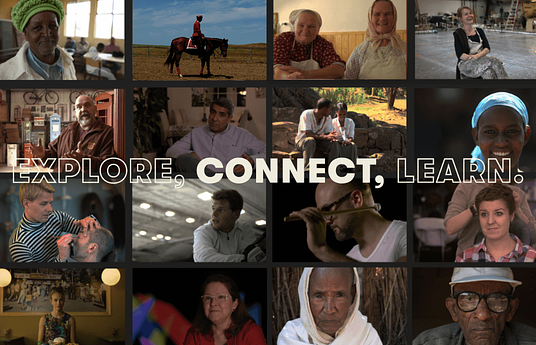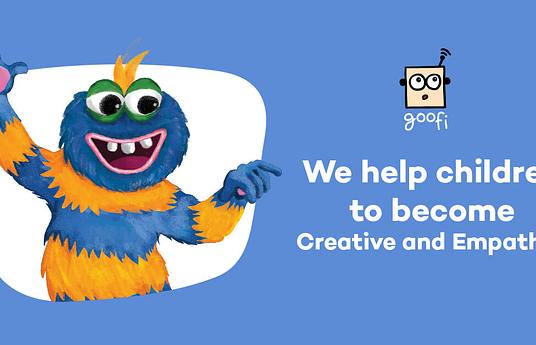We created "School of ME" to nurture students' social-emotional skills and wellbeing. By integrating mindfulness, empathy, and design thinking into our curriculum and school culture, we aim to empower students to become resilient, compassionate leaders who can positively impact their lives and the world around them.
In practice, the "School of ME" project incorporates mindfulness and empathy into daily school life through various activities and initiatives:
1. Students learn and practice mindfulness techniques such as meditation and mindful breathing during dedicated sessions.
2. Classrooms and common areas feature student-designed spaces for mindfulness, such as Mindfulness Corners and Friendship Benches.
3. Empathy is promoted through activities like kindness jars and gratitude walls, where students express appreciation for each other's acts of kindness.
4. Affirmation stations encourage positive self-talk and peer support.
5. Role-playing exercises help students develop perspective-taking and empathy skills.
6. Student-led projects use design thinking to create solutions that foster mindfulness and empathy within the school community.
These practices are integrated into the curriculum, and teachers receive training to support and guide students in their mindfulness and empathy journey.
The "School of ME" project has been spreading within our school and beyond through various channels:
1. Positive feedback from students, parents, and teachers has led to increased adoption of mindfulness and empathy practices across grade levels and subjects.
2. We have shared our project's success stories and best practices with other schools through workshops and presentations, inspiring them to implement similar initiatives.
3. The students have published a book to help other children and adults learn about and practice wellbeing.
To try the "School of ME" project, start by forming a dedicated team and securing support from school leadership. Provide wellbeing training for teachers, engage students in design thinking, and co-create spaces for mindfulness and empathy practices. Integrate these practices into the curriculum, foster a culture of kindness, and collaborate with the community to extend the project's reach.



